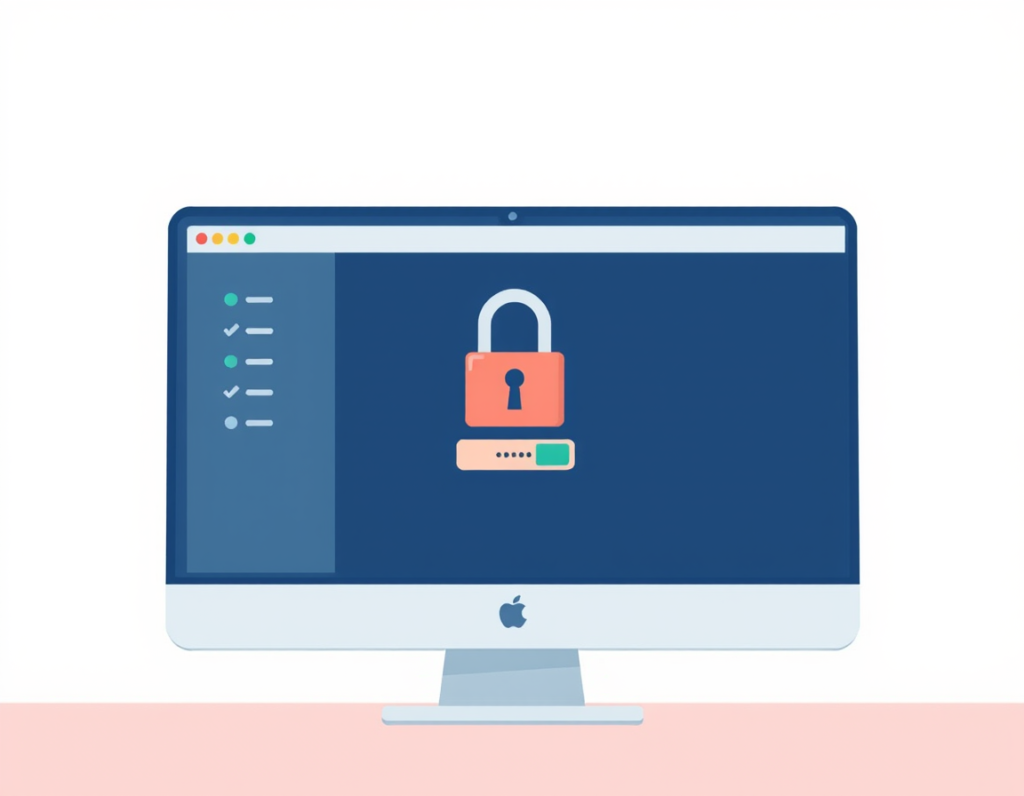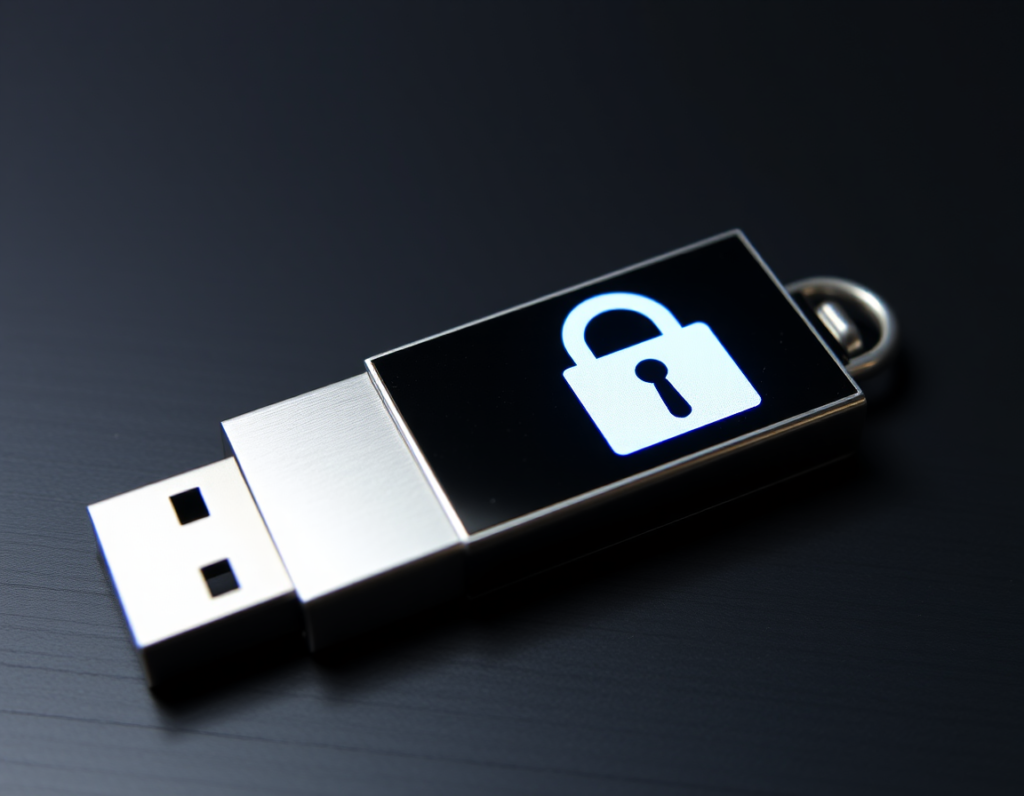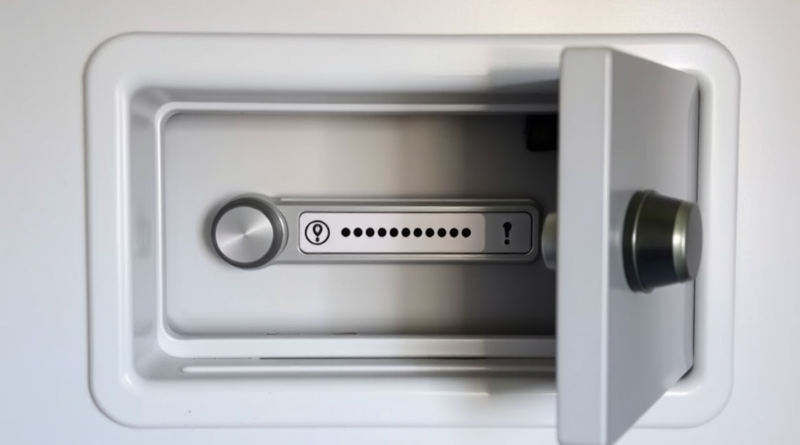Tips On How To Manage Passwords Securely
It is important for you to know how to manage passwords securely, so your security and privacy are safeguarded from cyber criminals and other people trying to snoop in your privacy.
1. Make Use Of A Password Manager
Safe Storage:
Password managers store your passwords in a safe database that can only be accessed with a master password. This makes sure that the passwords are safe even if the database is hacked. We will post recommendations soon, as we want to make sure we have the best possible password managers for you
Password Generation:
Many password planners can make strong, unique passwords for each account, which lowers the chance that you’ll use the same password for more than one account.
Access from Multiple Devices:
Cloud-based password managers let you safely access your passwords from more than one device.
2. Use Hashing To Store Passwords Instead Of Plain Text
Hashing:
To keep user passwords safe, use cryptographic hash functions (like Argon2id and bcrypt) to turn them into strings of set length that can’t be reversed to get to the original password. With this method, attackers can’t get the real passwords even if they get into the database.
Salting:
Before hashing, add a random piece of data called a “salt” to each password. Attackers can’t use precomputed tables (also called “rainbow tables”) to figure out passwords anymore.
3. Ways To Store Files Offline
If you’d rather not use a computer, a paper notebook can be a safe way to keep your passwords because they can’t be stolen from afar. But make sure you keep it somewhere safe that other people can’t easily get to, preferably in a safe, vault, or in any place where you keep your personal stuff.
Safe USB Devices:
To store passwords when you’re not online, use secure USB drives that can be protected by biometrics or a password. These gadgets are made to be safe, and only people who are allowed to can use them.
4. Make Two-Factor Authentication work.
More Security: Using 2FA adds an extra step to identification, needing not only a password but also a second factor, such as a code sent to your phone or an app such as Google Authenticator (most recommended as seen in SS7 And GSM Cybersecurity: Vulnerabilities, Threats, And Protection Strategies). This makes security against unauthorized entry much better.
5. Change Your Passwords Often.
Change Passwords Often: Changing your passwords often (every three to six months) can help lower the risks of security breaches. For important accounts, use strong, unique passwords, that include letters (lowercase and uppercase), numbers, symbols and with as many characters as possible.
6. Do Not Make The Same Mistakes
Do Not Keep Passwords in Plaintext:
Never keep passwords in files or sticky notes that are not protected, where other people can easily see them.
Avoid Using Browser-Based Storage:
It may be easy to store passwords in your browser, but it’s not as safe because there are bugs that could let other people see them.
By following these best practices, you can make your password storage much safer and keep private information from getting into the wrong hands.
